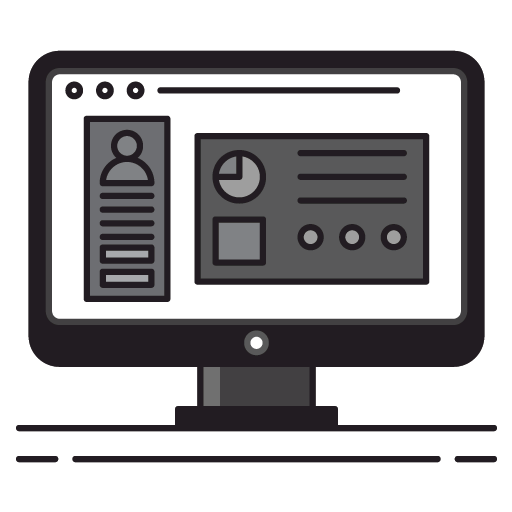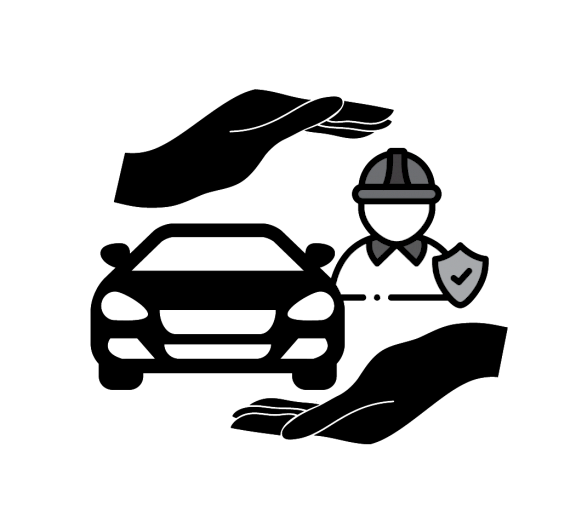What is Enterprise Risk Management (ERM)?
ERM is about managing risks proactively and including risk considerations in all decisions. The trick is to focus on risks BEFORE they materialize in the books.
Proactive, Tailored Effort
ERM launches a proactive rather than a reactive approach. Which is based on own business strategies and risk appeal, since no two companies are the same or are in the same environment. For example, in one organization, it may be to look at risks within the environment, compliance, and image. At a manufacturing company, it may be able to handle areas such as production stoppages, supplier failures, and working environment. An airline again has quite different parameters to focus on. Start from the business-specific main areas from which the company is run – it is these that need to be sharpened.
Dynamic and Continuous Preparation
Consider both more common risk scenarios and the more "unthinkable" and make business continuity and contingency plans based on this. Get it under your skin as part of the mindset and not as an enforced, annual session with a simple review of a list of risks. Instead, risks should be considered and dynamically reconsidered and evaluations should take place on an ongoing basis. With the involvement of the parties who have deep knowledge of different parts of the organization and the outside world. At the same time, be aware that you cannot prepare for everything, but instead know that your ongoing considerations help to teach the actors involved and the organization to be able to handle a wider range of crises and events more effectively, and you get to sharpen your focus on which risks are necessary to take to achieve a given strategy.
How to introduce ERM throughout the organization
ERM is not a discipline to be hidden away in a single department. Instead, an ERM team should be built to act as internal consultants for the development and advice of the remaining organization. Of course, with the full support of top management. Based on the idea that risk management is business-supporting and not a stopgap.



